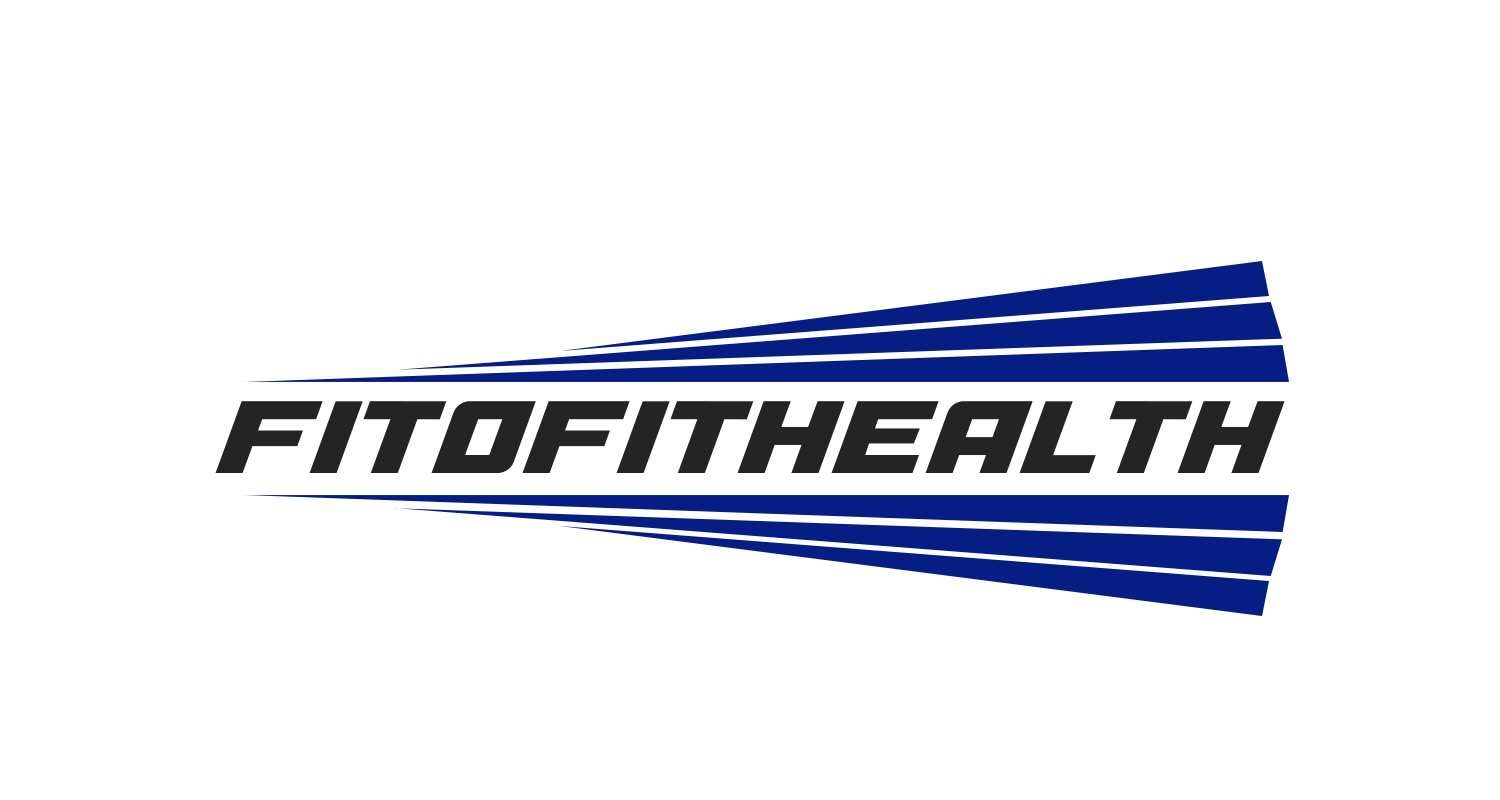Intrinsic health threats, social losses, stigmatization, multiple locations of severe dysfunction and also impairment to overall health are all consequences of opioid reliance. The treatment of this major ailment is offered as well as needed if any one of these affected life domains are to take pleasure in enhancement.
For that reason, the principal goals of dealing with as well as restoring people with opioid dependancy are to: relieve or perhaps minimize linked morbidity as well as death resulting from contagious conditions, cardiac sequalae, liver illness, STD’s and also stressful fractures; boost mental and also general physical health and wellness; decrease criminal behavior; facilitate labor force reintegration; educate the person and families, if offered, regarding germane aspects of the ailment and also enhance function and also self-worth. The supreme goal of opioid dependancy treatment is to develop a medication complimentary state.
This ideal may not be conveniently attainable for opiate addicted clients till much care and also treatment are provided. There is a necessity for numerous treatment choices due to the reality that no single treatment is globally effective for each person with opioid dependence. There are numerous pharmacological techniques and also extremely essential mental treatment methods. The very first step in treatment needs a type of detoxification.
This can conveniently be done in uncomplicated cases as an outpatient. Rehabilitation treatment have to accompany this first phase or the probability of relapse is much more common than not. An abstaining concentrated treatment and replacement based upkeep method are one of the most efficient approaches to methodically treat opioid dependancy.
Treatment of opioid dependency need to use the advancement of recognized treatment plans for each of the individual’s requirements, misuse patterns and also risk aspects. Criteria driven treatment has been suggested as a guideline- not requirement of treatment meant– to improve as well as focus any treatment method.
Furthermore, the APA highly advises that mental treatments go along with any one of the above 3 organic techniques. These sorts of treatment are plainly important as part of a detailed method for an opioid sober successful, lasting treatment end result. The more sought after type of treatment in recent years (given that around 2000), is a workplace based opioid treatment using Buprenorphine and Naloxone substitute therapy (Suboxone). The office-based treatment developed after the flow of the Medicine Dependency Treatment Act of 2000. It allowed physicians to use some Arrange III-IV medications such as buprenorphine in combination with other representatives. Physicians must be accredited with particular training as needed by the DEA which includes a special 2nd DEA number starting with an “X” when all the requisite training and waivers have actually been fulfilled. At the outset of this office-based treatment initiative, an optimum of 30 people might be dealt with by an appropriately accredited physician. In 2007 that maximum was raised to 100 individuals.
There are 3 contiguous phases of office-based treatment making use of Suboxone
First, the induction stage. This stage needs the viewpoint reliant person to present already in at least light to moderate withdrawal. That suggests that the individual needs to be opioid sober for at the very least 6 or perhaps as much as 24 hr. There are two major ranges that medical professionals can make use of to externalize and also aid quantify the client’s withdrawal standing. They are The Professional Opiate Withdrawal Scale (COWS) or the Adjective Ranking Scale for Withdrawal (ARSW). These ranges help with sustaining clinical observations pertaining to safely figuring out the dosage of Suboxone required on an individual basis in order to prevent further withdrawal pains, minimize any kind of prospective unfavorable effects as well as lower cravings.
Once the induction phase is completed as confirmed by clients no more experiencing any withdrawal signs, phase II- or stabilization stage starts. This phase calls for both constant comply with up examinations by the suggesting doctor and the concomitant psychosocial treatments. It is focused on dosage modifications as needed to continue to minimize yearnings and also still decrease any type of damaging reactions. The duration of the 2nd phase is commonly one to three months.
The third stage has the longest duration. It is the upkeep phase and also supplies pharmacological and psychosocial treatments to maintain the gains obtained in the previous 2 stages. The goals are medicine surveillance, modification as needed as well as eventual tapering and discontinuation where feasible. This phase might last normally in between 6 months to more than two years. The period of Suboxone treatment ought to be customized to the person’s interest and readiness to maintain wellness without narcotics, sufficient focus being paid to degrees of security, practical capabilities in all life domains i.e.: work, connections, family members, life, academics, and also basic actions.
Various other criteria to include in durational evaluation include the person’s previous reaction to treatment if treatment has been offered before and also the chronicity and degree of the reliance itself.
sanitizehealth | healthienest | sugaralerting | glucosegurus | sweetnesscare


